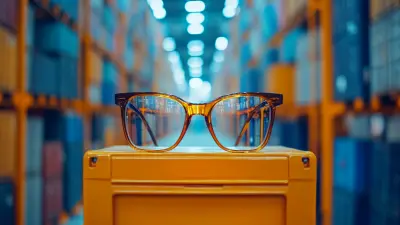During the recent years, the eyewear industry has made significant technological strides in lens technology, enhancing interest in innovative solutions such as Transition Glasses. These lenses are designed to change tint according to the presence of visible light, providing a unique mixture of convenience and protection unavailable with standard eyewear. The Vision Council reported in 2020 that almost 73% of adults in the U.S. need vision correction; many, however, are looking for solutions that enhance not only the clarity of their vision but also the health of the eyes. Transition Glasses fulfill this demand by minimizing UV ray exposure and glare for a healthier vertical vision in different environments.
As a prominent optical industry player, JINRUISHI Optical Glasses Co., Ltd. specializes in manufacturing high-quality lenses such as photochromic ones with a comparable performance level to normal glasses. The eyewear market was projected to reach $178 billion by 2025, according to Grand View Research, showing the increasing demand for adaptable and protective eyewear solutions such as Transition Glasses. JINRUISHI is clearly stepping up to satisfy its customers' needs for effectiveness and comfort in optical selections by incorporating blue light blocking and polarized features. Hence it is very important to appraise the comparative advantages that Transition Glasses give over conventional eyewear solutions.
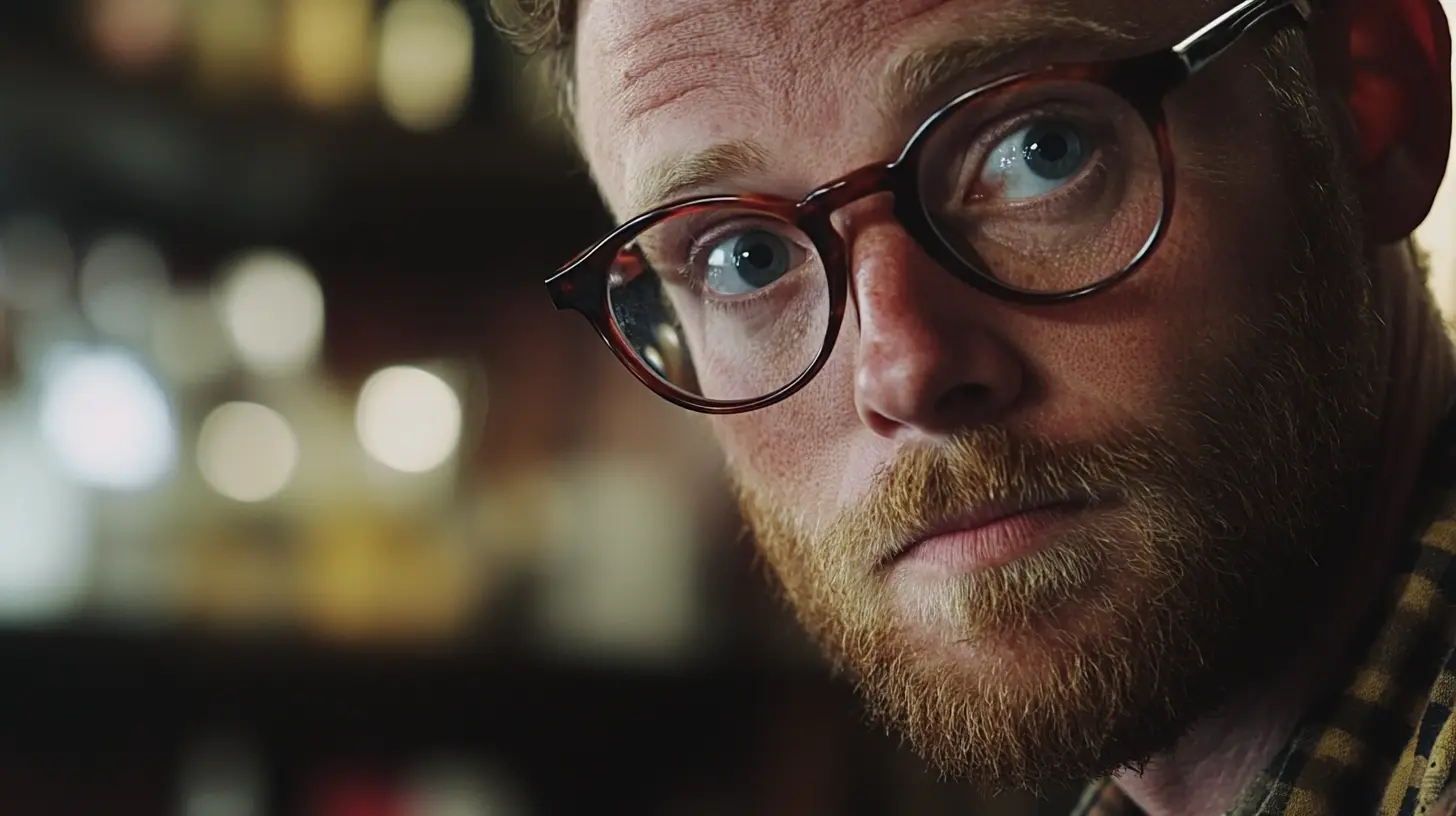
Transition glasses have changed the way we understand eyewear, adding a variable solution for the vision-corrected optician. These special lenses become darkened when hit by sunlight due to photochromic technology, which means that the molecules in the lens react by changing their structure under ultraviolet (UV) rays and cause the lenses to darken. Such functionality enhances comfort through the reduction of glare and, at the same time, safety from malignant UV radiation. A recent advancement in this field is represented by Zenni's EyeQLenz, which does even more than what is being offered by light-adaptive lenses. Besides lightening and darkening, these intelligent lenses have the capability to block infrared light as well, hence providing greater comfort and protection for the eyes throughout the day. This multifaceted approach corresponds to the trend in the development of eyewear; there is a growing demand for eyewear that provides safety and adaptability beyond mere correction of vision. With the increased awareness of such technologies, many conventional eyewear techniques could lose their foothold against these innovations. It has become essential for eyewear brands to step up lens technology and meet the changing demands of consumers; therefore, features such as light adaptation will soon no longer be viewed as a luxury but instead as an absolute necessity for modern-day eyewear.
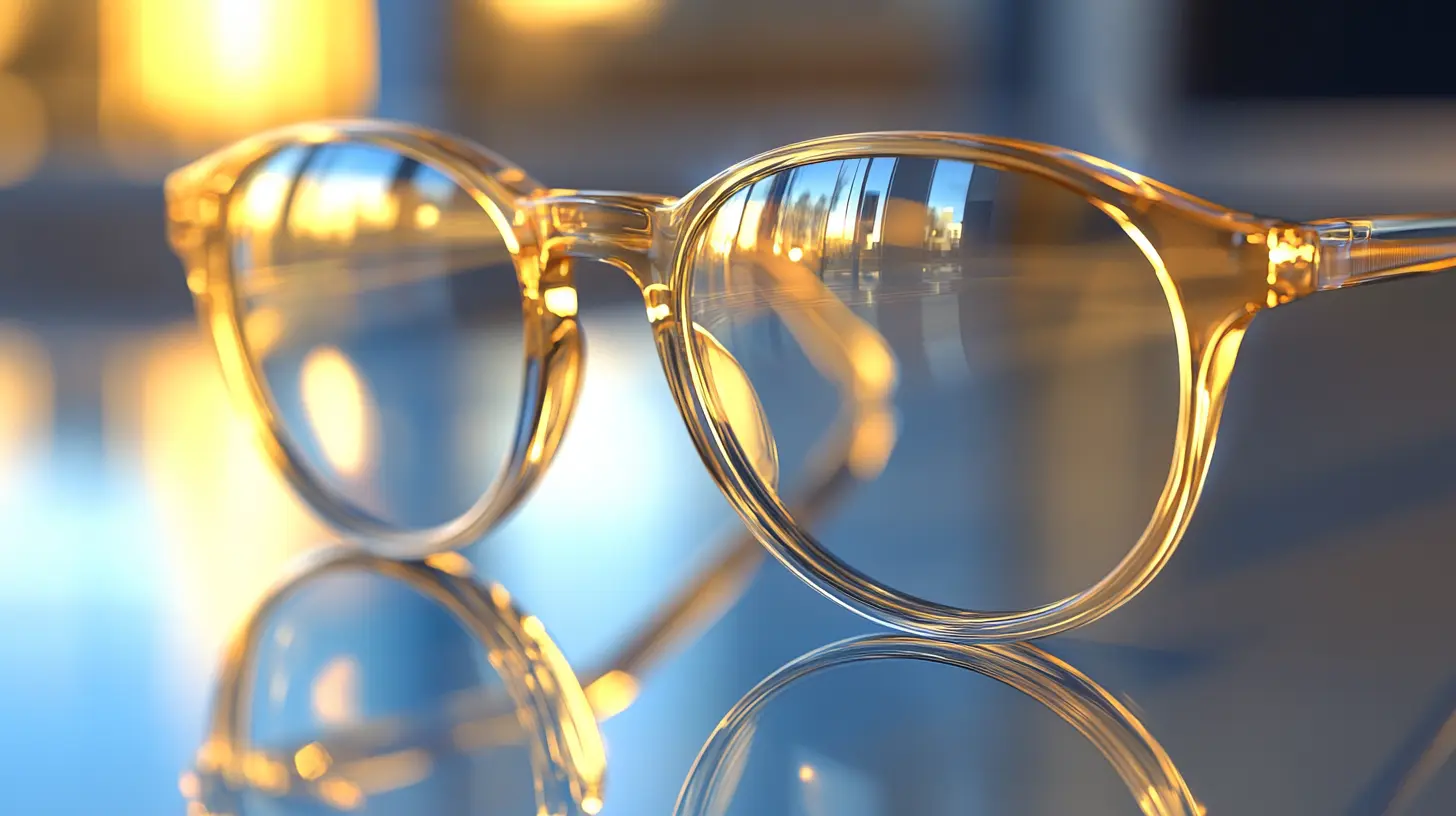
Both transition eyeglasses and ordinary eyeglasses cause a noticeable difference in the comfort of someone's use. Transition eyeglasses can take one from the ordinary changes in noise indoors and move to proof changes outdoors. The Vision Council declared in its report that close to 60% of adults suffer discomfort in bright sunlight, which should be avoided by photochromic transition lenses that darken in terms of UV light.
But this does not change the fact that typical eyeglasses actually correct the vision of user, and that dynamic adaptability they unfortunately do not have. A lot of people would always toggle between prescription glasses and sunglasses. Quite a lot of people associate this with 'frustrating eye strain.' The American Optometric Association states that unpleasant lighting exposure can cause discomfort and exacerbate existing conditions such as digital eye strain, which affects almost 70% of adults.
Studies show that wearing transition lenses could really increase visual comfort; importantly, the amount of time for the eyes to adjust as one shifts from dark to bright places, is noticeably reduced. Of these, a survey from the Optical Laboratories Association revealed that about 75% of transition sunglasses users found comfort improvements compared to those with conventional eyeglasses only. This clearly shows a trend toward a preference that would seem to appease modern lifestyles focused on convenience, comfort, and ever-increasing consumer awareness on options for eyewear. Probably, as they continue to become more aware of the possibilities, transition eyeglasses will be the answer to the future: merging optics with visual comfort.
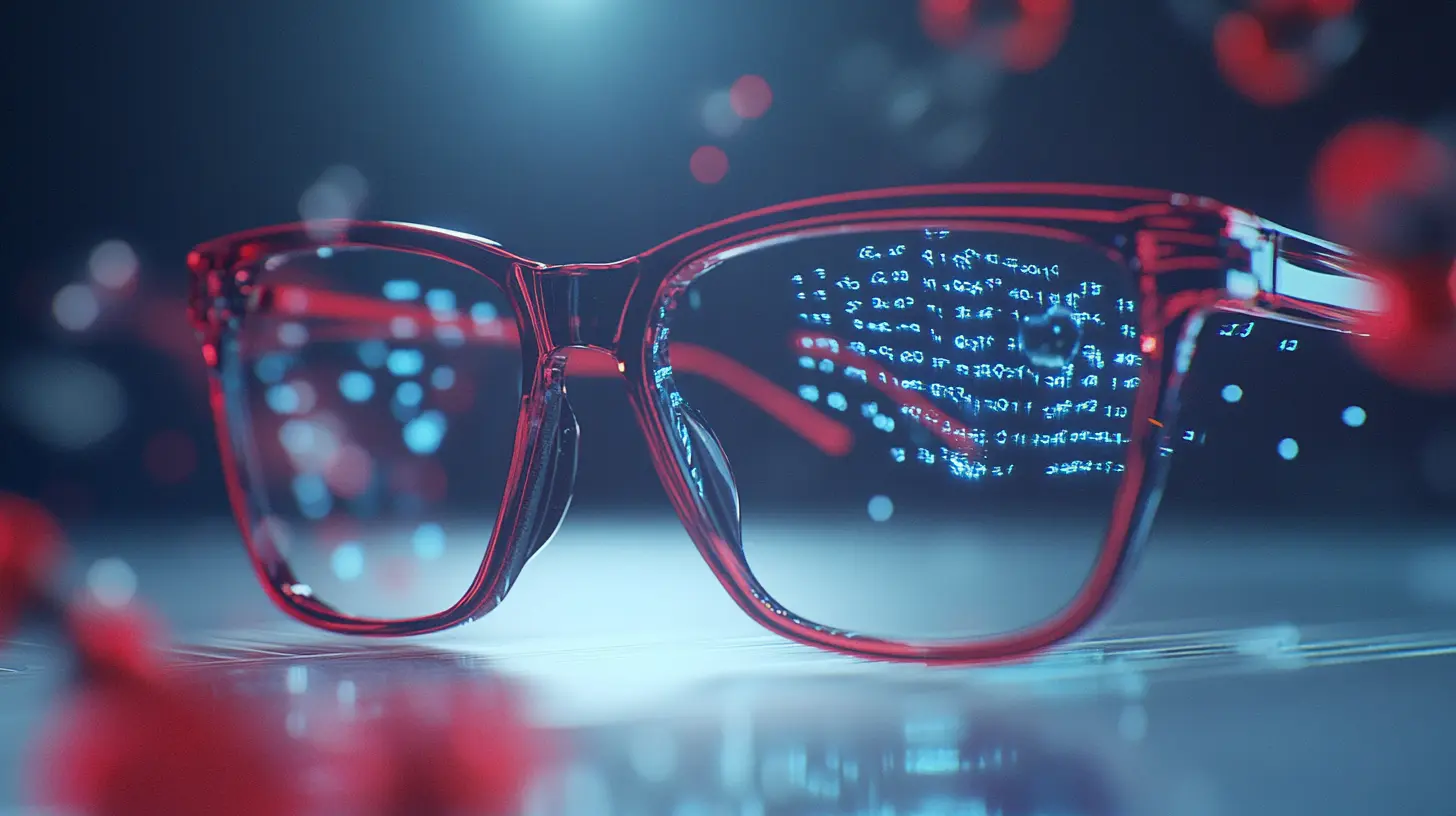
Once Transition lenses, also known as photochromic lenses, are found together with traditional eyeglasses that have probably the greatest advantage when it comes to UV protection and the overall health of one's eyes. Not as traditional eyewear, but automatically adjusts with its light conditions with darkness as a function of a UV ray, and it is also an essential guard against solar radiation. For most people, this characteristic has been especially beneficial as they spend most of their time outdoors. As such, eyes would suffer less damage from prolonged exposure to long sunlight.
Research has shown that cataracts and macular degeneration are some eye conditions that UV rays can contribute towards. Transition lenses totally block 100% of UVB rays and a large percentage of UVA rays, making them a proactive lens choice for individuals seeking long-term protection of eyesight. Transition glasses do not imply swinging around the inconvenience of carrying regular sunglasses or repeatedly changing them. These transition glasses then take care of all the protected sunlight exposure with rapid adjustment to the harsh conditions of light.
Also, apart from being UV blocking, these photochromic lenses provide another point of comfort for vision. Not only are they reducing glare and making contrast better, but they also help to relieve strain on the eyes, which is often in times of indoor-outdoor transitions for many people. The convenience and health benefits of using transition options make them believable handles for specific persons who want to maintain their eyes in good health in a lifestyle whose conditions are atmospherically lighting-changed.
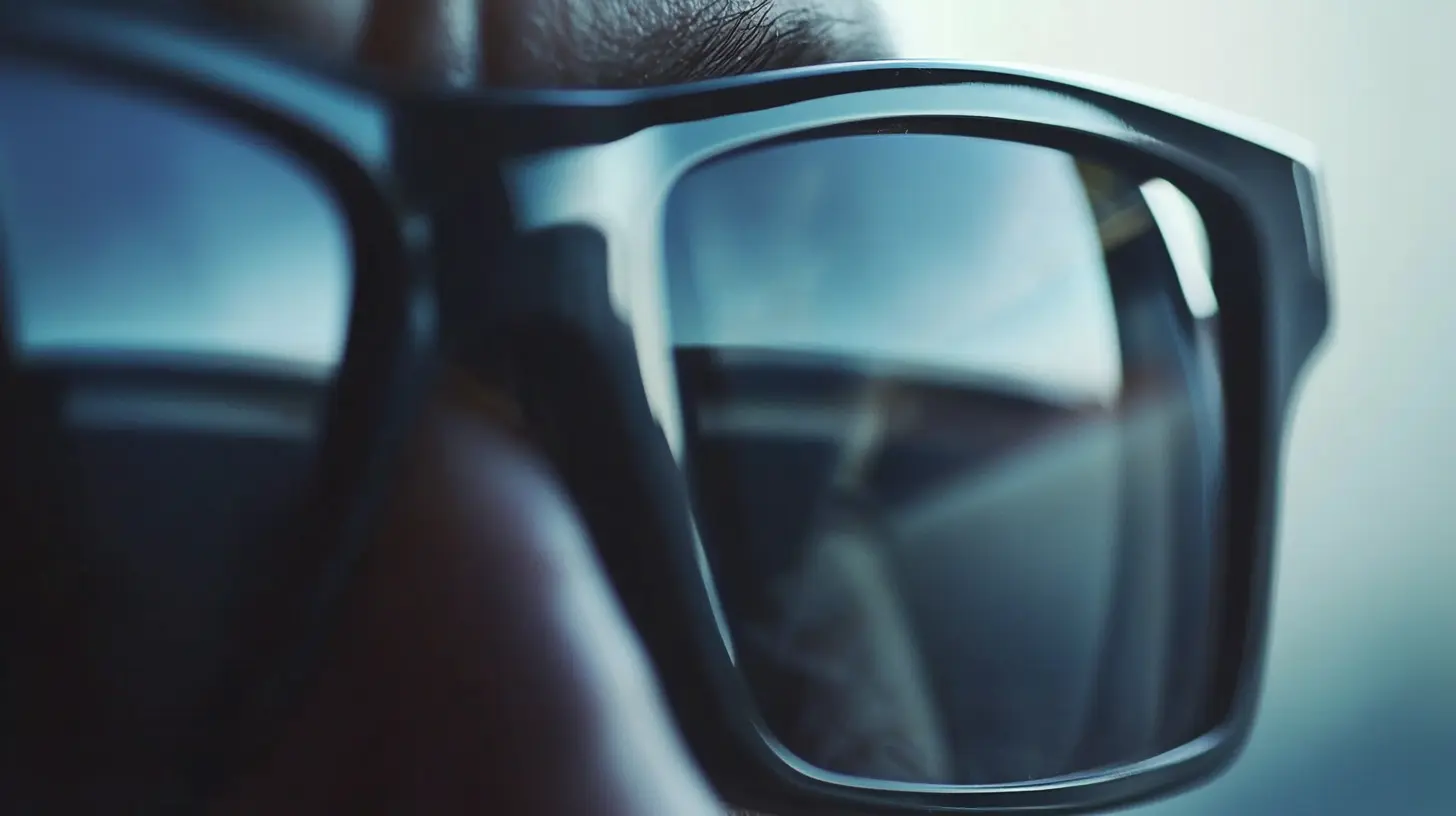
Lifestyle factors play a significant role in choosing between transition eyeglasses and traditional eyeglasses. Because transition eyeglasses automatically adjust the amount of tint based on environmental conditions, they offer one solution for those who are always on the go. According to a Vision Council report, about 64% of Americans wear glasses, and outdoor activities seem to strongly favor photochromic lenses. All this suggests that eyewear choices have a huge weight on lifestyle decisions.
For active individuals, transition eyewear provides convenience beyond that offered by conventional eyewear. Reports indicate that up to 70% of outdoor enthusiasts are bothered by exposure to UV rays, which is what transition lenses are made for. An ongoing survey conducted by the American Optometric Association indicates that 75% of people would relish the freedom of not changing between their prescription sunglass and regular glasses; great news for those leading active lifestyles.
The technological upgrades that have gone into the making of transition glass have increased both their practicality and desirability. Newer lenses are faster-acting and clearer in different lighting conditions. With all these considerations of lifestyle and other personal preferences, transition eyeglasses would appear to have the potential of being the next best choice for those in search of versatility and practical alternatives for eyewear.
Transition glasses, also known as photochromic lenses, have now become ever so popular due to their versatility for indoor as well as outdoor wearers. The American Optometric Association recently conducted a study that revealed that 70% of people who wore glasses would choose the convenience of transition lenses over ordinary ones. While convenience plays a major role in the purchase of transition glasses, the cost analysis is equally important to consider.
Considering all of that, transition glasses do usually work out to be more expensive than just regular prescription glasses. As a generalization, the Vision Council's 2022 report stated that Transition lenses average $150-$300 more than traditional lenses, primarily due to the technology incorporated in their making. That being said, the big initial price tag may save much later on. Transition-lens owners may need fewer pairs of eyewear such as prescription sunglasses, therefore potentially negating the higher expense. Thus, from an economic point of view, this aspect makes transition glasses attractive to people seeking to simplify their eyewear requirements.
In addition, studies have suggested that people wearing photochromic glasses have better protection for the eyes. The American Academy of Ophthalmology reports that Over 90% benefit from obstructing UV rays, which is serious for health in the long run. With advancement in people's conscience regarding ocular health, such additional benefits may far outweigh the buying costs and qualify transition glasses to be treated as worthy investments on both the convenience and health fronts.
Transition glasses, otherwise known as photochromic lenses, are the new favorite in the eyes of the users of eyeglasses due to the fact that it will adjust according to the light settings present. However, real-world customer reviews have indicated different experiences that range from benefits to sometimes the downsides of this innovative lens. Many wearers enjoy the function of just possessing one glass for both indoor and outdoor purposes-they do not need to muddle up with two different glasses for day and night. This brings convenience to daily routines and frees up space in one's bag by not carrying another pair.
Mainly, some of the aspects that users talked about on repeat were the comfort and ease provided by transition lenses. Some felt their eyes had been given a holiday because of how the lenses worked by adjusting to the brightness levels. They also liked the appeal of the lenses. Transition lenses did not contrast between the outdoor look and indoor space, as does a sunglasses look.
Few, however, talked about the failure or disadvantage of the transition glasses. One of the huge disadvantages they mentioned was the inability of the transition glasses to work or be activated when under a roof; thus, transition glasses will not surely change darkness into light. Some users mentioned that the transition from darkness to light was fast but sometimes slowed again, making it hard for them to get used to going from light to shadowed places indoors. Overall, feedback shows that transition glasses tend to be very good but should be carefully considered by interested individuals.
The decision to choose between transition glass and traditional eyewear goes far beyond functional aspects into the realms of fashion and style. Transition glasses-or sunglasses endowed with advanced lens technology to change with changing light conditions-present contemporary and stylish alternatives for fashionistas intent on looking their best at all times. They marry the two extremes-practicality and stylish design-in a way that allows wearers to walk in and out without switching their vision aids. This word defines more than just the advantages of convenience; it characterizes contemporary living, an abode where simplicity meets elegance.
On the other hand, standard spectacles have their own vintage charm for those who appreciate this timeless style. Some of us have an enduring love for the design that classical frames offer, and this design is offered in an infinite variety of colour, shape, and material. They afford an opportunity for personalization and individuality that fashionistas consider essential, since they want their eyewear to serve as an accessory or statement piece. Traditional glasses can be endowed with various kind of embellishments or styles for that matter: from extra-large glasses to the vintage assortment, with so many different styles to show off different facets of one's own personality.
Ultimately, transition glasses or standard eyewear? The answer lies in the eye of the beholder. Transition glasses are the very definition of contemporary convenience; traditional alternatives have an air of classic elegance. Knowing how these two alternatives fit into a particular style is important for weighing the options to make a decision that counts for both fashion sense and functional need.
This is the understanding that you need to acquire-the care of transition lenses. All transition lenses must be taken care of to serve for optimum condition and best viewing experience. They need particular care and maintenance as opposed to ordinary-eyewear transition lenses whose clarity suddenly darkens under sunlight. One preventive measure is that these lenses be cleaned with love by a microfiber cloth plus compatible cleansing solution having an anti-reflective coating. Do not use harsh chemicals or paper towels because they will scratch the surface and will cause a reduction in photochromic property effects.
It is imperative to store your transition glass when they are not in use. Place in a case to secure them from dust, scratch marks, and accidents. Do not leave the glasses under a very high temperature as heat can alter their shape and function, and also check for scratches or wear every now and then Addressing minor issues early on after they occur can help prolong the life of your eyewear.
Adhere also to the instructions of the manufacturer concerning prescription change and lens replacement time. Transition lenses lose their responsiveness as time goes by, but check-ups can ensure the continued correction of vision through the transitional lenses. Following proper channels might make these transition lenses benefits endure for years to come as they maintain clarity and functionality.
Care of Transition Lenses. All transition lenses must be taken care of to serve for optimum condition and best viewing experience. They need particular care and maintenance as opposed to ordinary-eyewear transition lenses whose clarity suddenly darkens under sunlight. One preventive measure is that these lenses be cleaned with love by a microfiber cloth plus compatible cleansing solution having an anti-reflective coating. Do not use harsh chemicals or paper towels because they will scratch the surface and will cause a reduction in photochromic property effects.
Objects should be put into their normal places after use, for example, in the case of this type of eyeglass-transition glasses. Never leave them in extreme temperatures because they may warp due to the effect of excessive heat on the frames and consequently return with effects on the lenses. Also, check for scratches or signs of wear; minor issues addressed early can stretch their life span.
At the end of it all, the users will be required to follow the manufacturer’s instructions in terms of prescriptions updating for lenses required replacement. Transition lenses experience change in response with time, thus visit the doctor's clinic for a regular check-up for vision correction. Most importantly, doing this creates distance between users and transition lens benefits, which may take several years to maintain their clarity and functionality.
Transition glasses are eyewear that automatically darkens in response to sunlight due to photochromic technology. Special molecules in the lenses react to UV rays, altering their structure to reduce glare and provide UV protection.
Zenni's EyeQLenz not only transitions in brightness but also blocks infrared light, offering enhanced eye protection and comfort throughout the day, reflecting advancements in lens technology.
Transition glasses adapt to varying light conditions, reducing discomfort and the strain associated with switching between prescription glasses and sunglasses, which is a common issue with traditional eyewear.
Nearly 60% of adults experience eye discomfort in bright sunlight, which can be alleviated by using transition lenses that darken in response to UV light.
Transition lenses block 100% of UVB rays and a significant portion of UVA rays, which helps to protect against eye damage and conditions like cataracts and macular degeneration.
Yes, by reducing glare and providing visual comfort, transition lenses can alleviate eye strain, particularly for individuals frequently exposed to harsh lighting conditions.
Transition glasses offer seamless protection without the need to switch between multiple pairs of eyewear, adapting quickly to changes in light, making them more convenient and user-friendly.
A survey indicated that 75% of transition glasses users experienced improved comfort compared to those using only traditional eyewear, highlighting a growing preference for this technology.
Transition lenses reduce glare and enhance contrast in different lighting conditions, contributing to better visual comfort and reduced eye strain.
Yes, they are particularly beneficial for individuals who spend a lot of time outdoors as they automatically provide protection from harmful solar radiation and adjust to varying light conditions.


